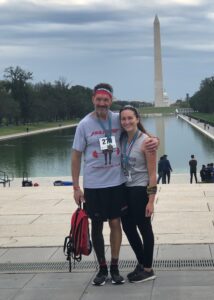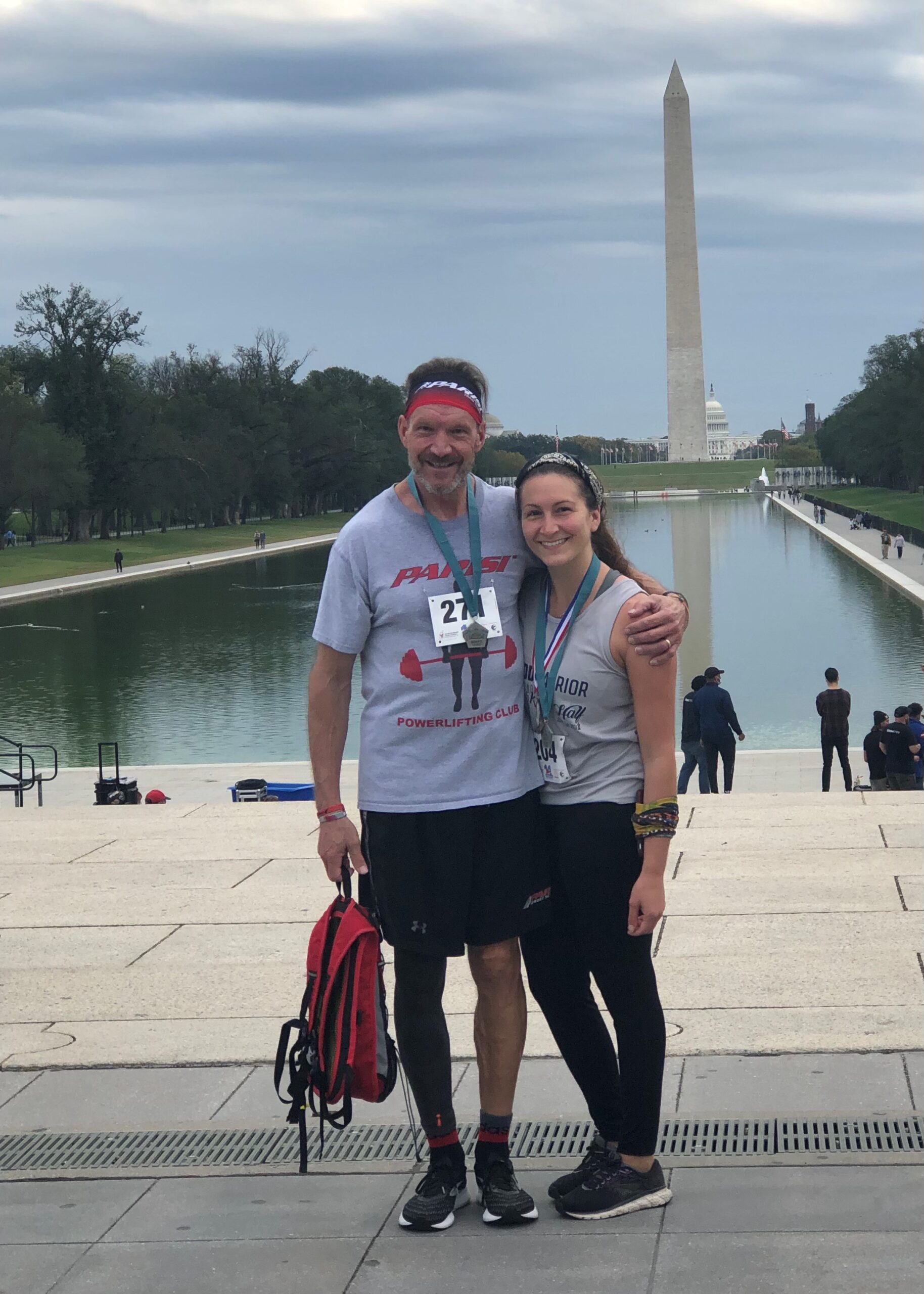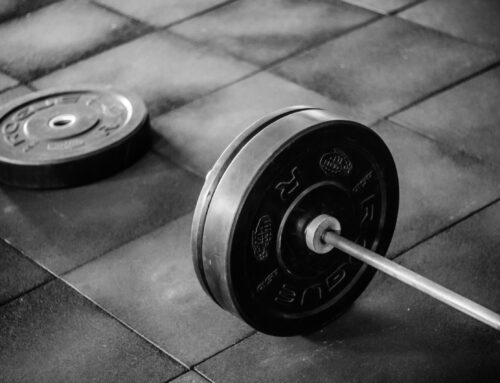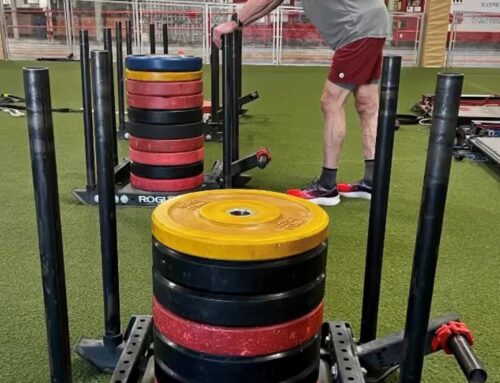To train at a high level, regardless of sport, you must be willing to fully commit yourself both physically and mentally. This is a characteristic that you can’t really turn on and off; it has to be constant and habitual in all parts of your life. Otherwise, you run the risk of undermining your hard work when it really counts.
One way to develop these habits early is to make training a shared, communal experience with those you work alongside. This approach is especially vital for families with a mutual interest in athletics and fitness. In this scenario, parents and their children can motivate one another to stay in shape and focused on their goals – a cyclical effect that keeps the full household healthier, happier, and fitter.
A family tradition of exercise can last a lifetime and bring endless joy – and as the father of adult children, there’s nothing more gratifying than sharing an adventurous and strenuous mountain bike ride with one of my daughters. Whether it’s a 5K or an adventure race, taking the journey together is an amazing way to bond with your children through adulthood. For these reasons, one of my goals is to have a training facility the entire family can enjoy.
- 4th of July
- 5K
- Adventure
During my time coaching at the Parisi Speed School in Fair Lawn, New Jersey, I have worked alongside countless promising young athletic prospects – from NFL hopefuls to track and field standouts – and these individuals often come from highly supporting families equally invested in their long-term success. Many times, this support is the byproduct of their own established familial interest in sports, fitness, and health.
This tradition is valuable because it establishes a crucial message: in most cases, anyone can (and should) subscribe to some form of fitness and healthy lifestyle improvement. Children may observe a parent who is involved in a sport or fitness-based activity (lifting, running, intramural sports, coaching, etc.) and become interested in doing so themselves – which ultimately makes their own involvement less initially daunting and more exciting. A dependable role model, in this sense, can make a world of difference in establishing confidence and expanding athletic horizons.
In turn, if less-active parents observe their children gaining an autonomous interest in fitness, it might inspire them to better themselves in tandem. This decision can then further motivate children via communal experience, and suddenly you have a tradition of mutual growth and empowerment.

These values are also key in mitigating and countering gatekeeping, which can be a real issue for the athletic and fitness communities. While both worlds require a certain level of dedication to facilitate success, they should also be accessible to anyone willing to put in the work, regardless of their skill level or athletic ability; otherwise, they run the risk of deterring people from making a crucial lifestyle change – whether it’s gaining baseline fitness or putting in the work to earn an NFL roster spot.








